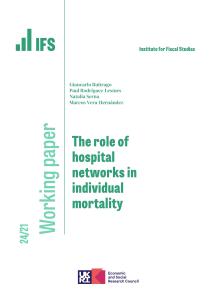Migration scholarship has recently paid attention to lifecourse and non-economic effects of moving house. Yet consideration of the effects of internal migration in later life has been relatively neglected despite their implications for social and spatial inequalities. Thus we address two questions: how trajectories of wellbeing in later life vary for movers and non-movers, and how the event of moving affects wellbeing. In both cases we distinguish between "voluntary" and "involuntary" movers. We use 10 years (2002-2012) of the English Longitudinal Study of Ageing (ELSA) to analyse trends in wellbeing for age cohorts and to examine how wellbeing changes through the event of moving. The Control, Autonomy, Selfrealisation and Pleasure (CASP-19) measure of wellbeing is used. We find that, after controls for demographic and socio-economic characteristics, involuntary movers have lower levels of wellbeing than stayers or voluntary movers; and involuntary movers experience a stabilisation in the decline in wellbeing following migration which is not seen for voluntary movers. So, migration in later life is good for wellbeing, maintaining advantageous wellbeing trajectories for voluntary movers and improving wellbeing trajectories for involuntary movers. These findings imply a rich potential of ELSA and similar longitudinal datasets for examining residential mobility; the need for ageing inequalities studies to take more account of residential mobility; the need for internal migration scholarship to pay greater attention to reason for move; and for policy to consider the potentially beneficial effects of residential mobility in later life, particularly for those in adverse circumstances.







